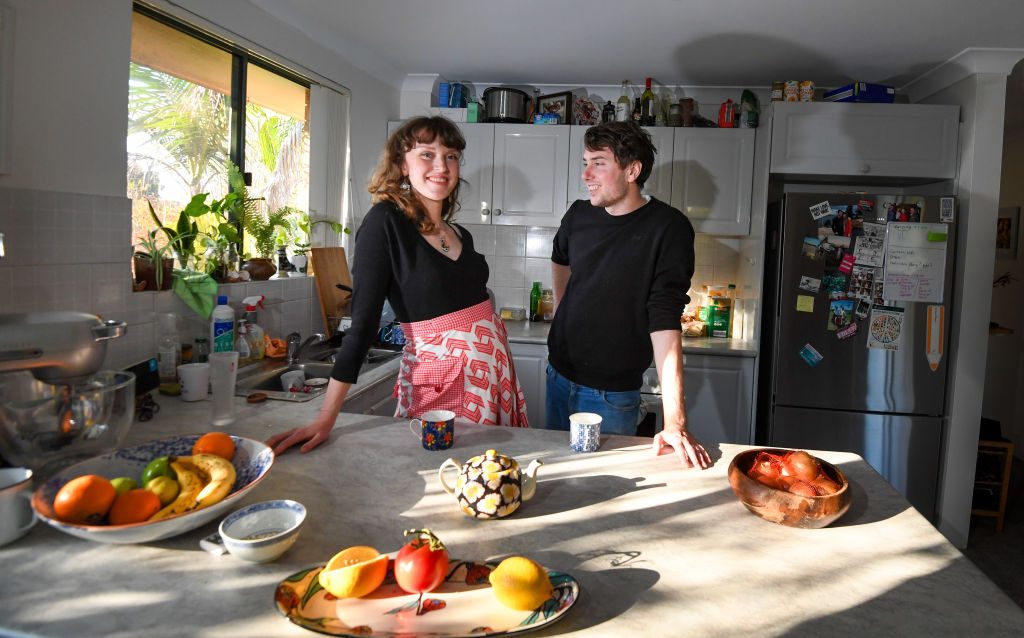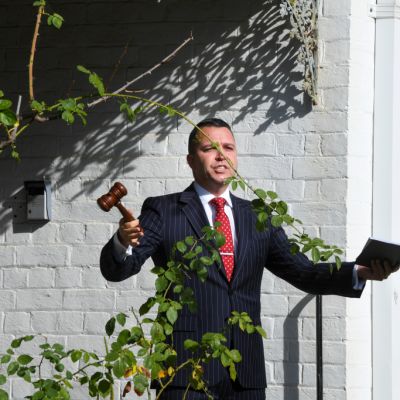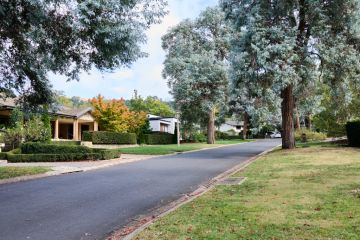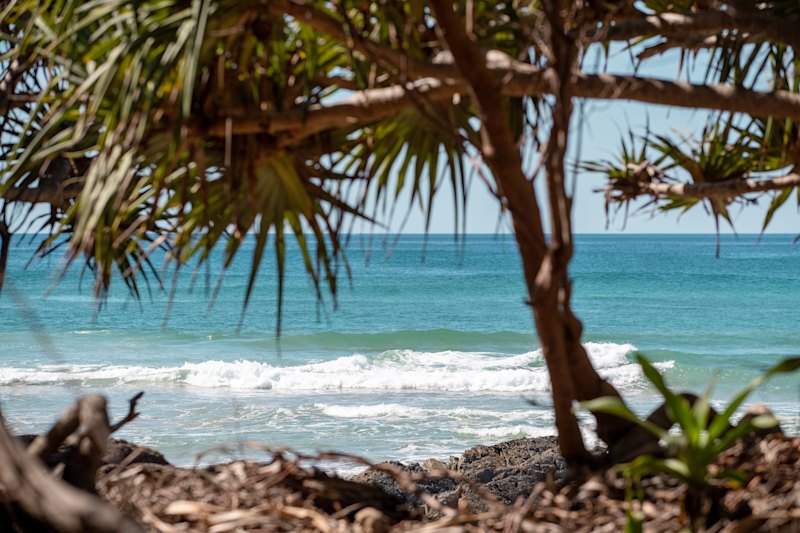COVID-19 pandemic: How will youth unemployment affect Gen Z's ability to buy a home?

When the country’s oldest Millennials were in their 20s, Australia saw its first economic downturn since those same young adults were in primary school.
Australia managed to avoid a recession after the Global Financial Crisis in 2008, but the economy took a hit, and young people bore the brunt of it.
The COVID-19 pandemic is likely to have a similar, if not worse, impact on young adults today, who will face a tough labour market for some time – making it even harder to save for their own home.
Getting onto the property ladder was already tough for older Millennials – many making the leap with help from the Bank of Mum and Dad. But for younger Millennials and Generation Z, who may find it harder to get a job or earn good salaries – and whose parents have less home equity – challenges lie ahead.
After the GFC, graduate and entry level jobs were harder to come by, as the youth unemployment rate skyrocketed and continued to climb long after the crisis.
As those first Millennials hit their 30s, house prices in Sydney and Melbourne soared – up more than 80 per cent in Sydney and nearly 70 per cent in Melbourne from 2012 to 2017. Meanwhile wage-growth slowed and stagnated, dropping below 2 per cent in 2016, and struggling to push past 2.3 per cent by the end of last year.
Many gave up on the great Australian dream, resigning themselves to a life of renting and defending their right to drown their sorrows in smashed avo.
Home ownership rates among 30 to 34-year-olds fell to 50 per cent in 2016. When their parents were the same age, around 60 to 70 per cent of them owned a home, according to Australian Bureau of Statistics data.
The effects of the GFC on the financial well-being of ’80s babies are ongoing, Indeed chief economist Callam Pickering says.
“History tells us that recessions and severe downturns – the impact of those for young people tends to persist a lot longer than other groups in society,” Mr Pickering says. “We saw that in the Global Financial Crisis with Millennials – the impact of that really stuck with them for a number of years.”
The COVID-19 pandemic – which has seen a complete economic shutdown and hundreds and thousands of job losses – could see the youngest Millennials (now in their mid to late-20s) and Gen Z (born between 1995 and 2009), find it even more difficult to find – and keep – a job, Mr Pickering says.
“Even entering the COVID-19 crisis, the unemployment rate for young people – those aged 15 to 24 – was still at a very elevated rate compared with where we were before the Global Financial Crisis,” he says.
“What’s happened over the past couple of months is going to have impacts upon not just their employment, but the wages that they earn, their ability to save, and that’s going to flow through to the housing market.”
Young people have been disproportionately affected by COVID-19 job losses – more than 200,000 people aged 15 to 24 became unemployed in April, accounting for 36 per cent of the job losses in that month, even though they only made up 15 per cent of the workforce in 2019.
Since shutdowns began in March, 14.6 per cent of those under 20 and 10.7 per cent of those aged 20 to 29 had lost their jobs, according to the Australian Bureau of Statistics. This is compared with job losses of between 4.9 and 6.2 per cent for those aged between 30 and 69. Over-70s were also highly affected at 11 per cent.
The industries hardest hit by COVID-19 shutdowns are also those in which younger people are likely to be employed, Deloitte Access Economics partner and economist David Rumbens says, including hospitality, events, retail and tourism.
“It’s no surprise that we’ve seen higher unemployment to date among younger-aged cohorts,” Mr Rumbens says. “Unemployment goes up – but youth unemployment goes up by more.”
The overall unemployment rate rose to 6.2 per cent in April, while the youth unemployment rate hit 13.8 per cent – on the way to matching, and experts say surpassing, the highs seen after the GFC of 6.4 per cent and 14.5 per cent respectively in November 2014.
It was at that time that Sydney graphic designer Isabelle Whitington got her first permanent job out of university, two years after she graduated.
“I went back and did more study as well – I did a six-month graduate diploma, because I just couldn’t get a job with my arts degree,” Ms Whitington says.

Prior to 2008, the university graduate employment rate was at a high of 85.2 per cent, according to the federal government’s Graduate Outcomes Survey, and by 2014 it had hit a low of 68.1 per cent. In 2019 it had improved marginally to 72.2 per cent.
There are fewer graduate jobs going around during economic downturns, Mr Rumbens says, mainly because businesses don’t like laying off staff.
“As much as possible they will retain their existing staff, but it means that there’s little room for expansion. So the cohort who are then entering the job market find it tougher than the average job-seeker,” he says.
Once she got her first job, Ms Whitington, now 28, started saving for a home deposit. Five years later, she and her husband Aidan Keogh bought their first home in Sydney’s inner-west.
With the help of Mr Keogh’s parents, who matched their $50,000 deposit, they were able to buy a two-bedroom unit, as opposed to the one-bedders they had been looking at – a good thing too, as they are now expecting their first baby.
“We’re so, so lucky,” Ms Whitington says. “It shouldn’t have to be that way, it would be great if there were more affordable places for people who don’t have that support.”
It’s a typical tale; Baby Boomer parents with equity up the wazoo lend their priced-out Millennial kids a hand, either in the form of cash towards a deposit or by going guarantor on a loan – otherwise known as “The Bank of Mum and Dad”.
But it’s not exactly an equitable system, Grattan Institute economist Brendan Coates says, as those with wealthier parents are able to more quickly afford their own house, and those whose parents don’t own property are less likely to enter the housing market.
“Increasingly, your ability to buy a house depends more on who your parents are than what income and savings you have yourself,” Mr Coates says.
The parents of Gen Z – likely to be part of Generation X, now in their 40s and early 50s – may not have the same level of equity in their homes as the Boomers before them, Mr Coates says.
“Fewer Gen Xers own their own homes than older generations, but a lot of Gen Xers will inherit the homes of their parents,” he says. “Those from well-off backgrounds are more likely to get support from their parents, who will in turn, probably inherit larger homes from their parents.”
For those Gen Zs whose parents cannot afford to help, getting onto the property ladder will be even more difficult than it was for the Millennials before them as their job prospects and earning potential remain low, Mr Coates says.
He says despite a predicted 5 to 10 per cent fall in house prices, record-low interest rates will see demand for housing remain relatively strong, eventually bolstering the housing market once more.
“We didn’t see a boost in home ownership among younger Australians during the GFC, I think that’s the best yardstick – housing affordability got worse after that, not better.”
But Australians will continue to fight for their piece of the property pie – it’s ingrained in our psyche and not going anywhere any time soon, demographer Mark McCrindle says.
“For most Australians they feel that they can get a handle on property, they feel that they can understand it,” Mr McCrindle says. “You go through times like this, and people look at the stock market and the volatility there and they say, ‘Well, where else would we put our money?’”
If saving that money is the biggest challenge first-home buyers face, low interest rates don’t do much to help would-be buyers build their nest egg, Customer Owned Banking Association chief executive Michael Lawrence says.
“The standard for banks is they want a 20 per cent deposit, which can be very challenging, particularly when you’re in a very low interest rate environment,” Mr Lawrence says.
“At the same time you might be faced with a property market that is actually increasing, so potentially your deposit savings may not be keeping pace with what the property market is doing.”
Mr Coates says first-home buyer schemes including the recently launched First Home Loan Deposit Scheme, stamp duty concessions and government grants have long been touted as a solution to housing affordability woes, but inevitably just wind up putting more money in vendors’ pockets.
“We’ve been trying to use these incentives to boost home ownership for the past 30 years, and all the while rates of home ownership have continued to collapse in Australia,” he says. “It’s hard to think of a set of policy descriptions that have been tried so frequently, with such little success for so long.”
He says to truly make it easier for young people to buy property, there needs to be enough suitable housing in the inner and middle suburbs, and significant changes to the tax system.
“Of which negative gearing is certainly one, but things like the exemption of the home from the assets test and so on,” he says. “For first-home buyers to win, someone has to lose.”
We thought you might like
States
Capital Cities
Capital Cities - Rentals
Popular Areas
Allhomes
More










